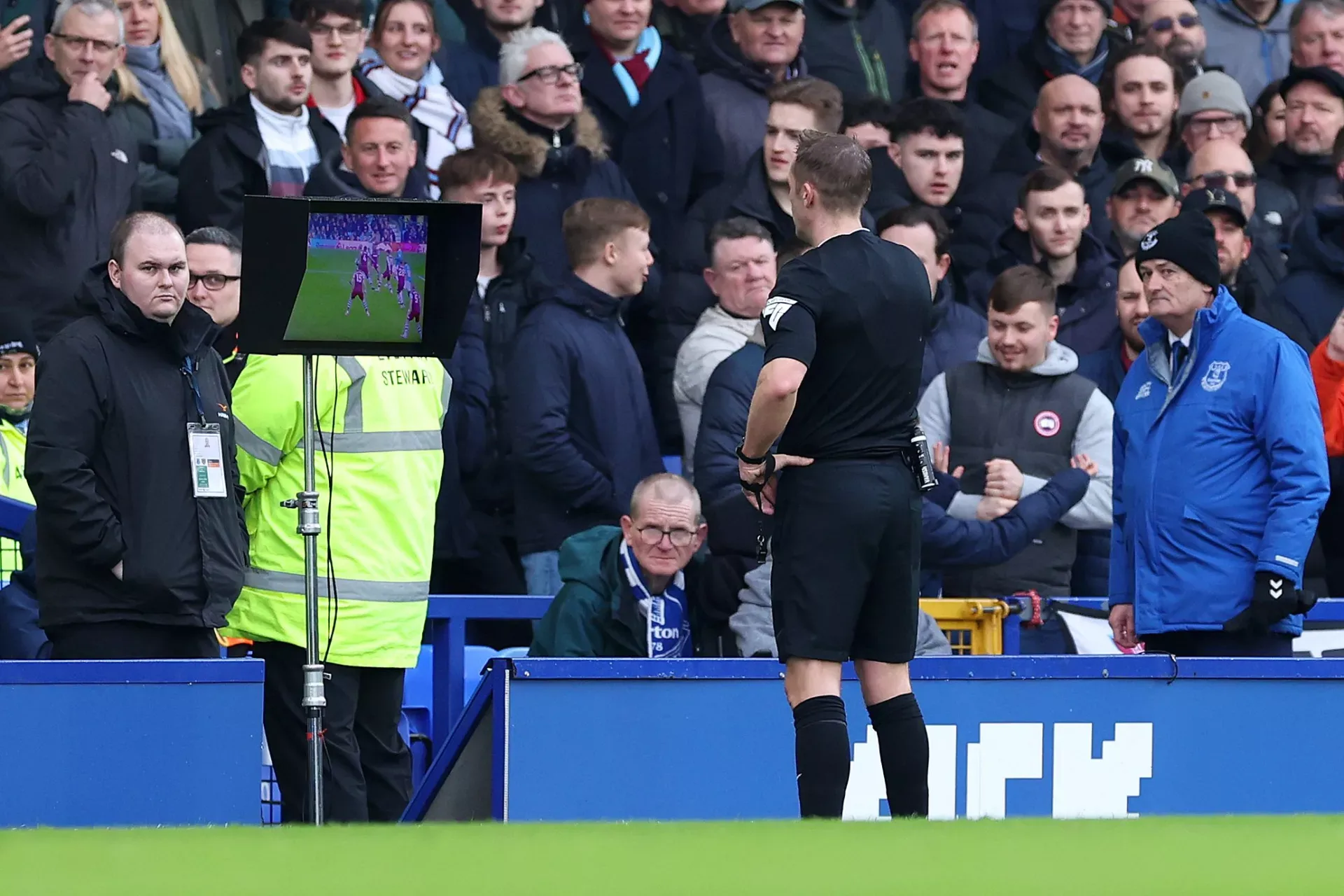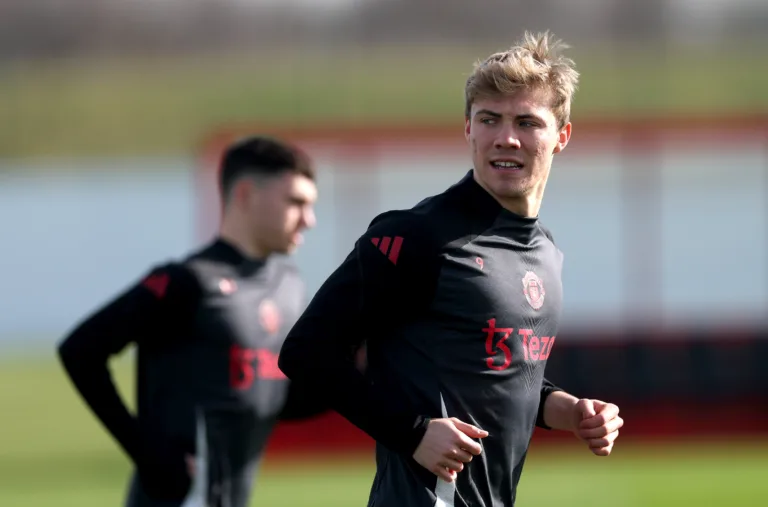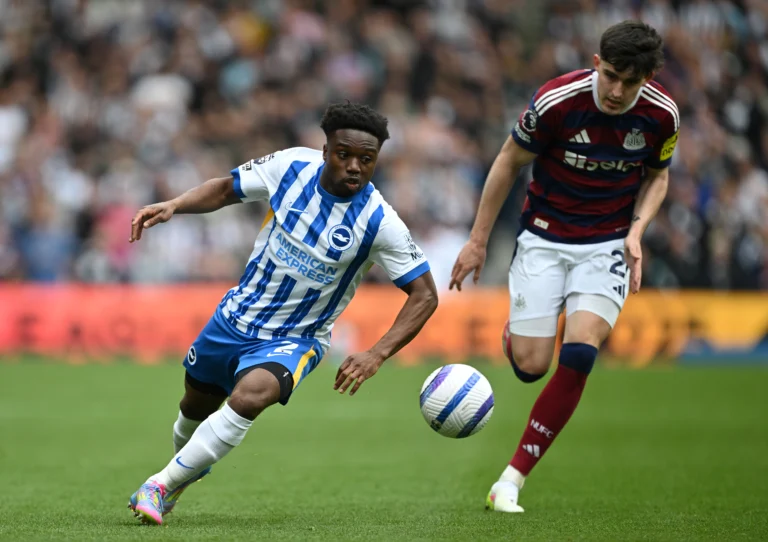How to Fix VAR
Here is how to fix VAR:
November 15, 2018 was the day Premier League football changed, and not for the better. This date, while on the surface may seem somewhat unimportant, would change the face of English football for years to come. This is when Premier League football clubs unanimously voted in favour of the implementation of Video Assistant Referees. Let’s go over that again. Premier League clubs unanimously voted in favour of the implementation of Video Assistant Referees. I submit that if that vote were to happen again today, the outcome would be categorically different.
It seems that not a weekend has gone by since the start of the 2019/20 season (its first season in the Premier League), where fans, pundits, managers, players, and clubs have all been talking about controversial VAR decisions. This system has been in the English game for half a decade now, and most fans would probably tell you it’s ruining the game. We’re hearing more and more managers come out and question its efficacy. Maybe it’s time for VAR to have its own review.
What is VAR?
For those of you who don’t know, Video Assistant Referees (more commonly referred to as VAR) are a team of referees watching the game in a studio, looking to identify any ‘clear and obvious’ errors made by the on-field referee and their assistants. This will include looking out for instances such as serious foul play, potential penalties, or an offence in the build-up to goals (offside or handball, for example). The system was introduced due to the growing pressure on the refereeing community for imperfect performances. Having seen the successful introduction of goal-line technology in 2014, it made sense that some thought that introducing technology across other areas of the game would produce similar results. After all, it works in rugby and tennis, so why not football?
Following two years of testing, IFAB approved the use of VAR on March 3, 2018. Many people were excited about the possibility of finally putting an end to poor refereeing decisions costing their clubs valuable points, as is evident from the Premier League vote in November of the same year. Fast forward to today and it seems the controversial decisions have significantly increased, and valuable points are being lost on a weekly basis. Something needs to be done.
The aim here is to present some options that could feasibly be considered to improve VAR. Some are pretty straightforward, some are small tweaks, but all of them have more thought put into them than the current approach. So, without further ado, “checking, possible incompetence…”.
The Tweak Approach
“If it ain’t broke, don’t fix it” is a very common idiomatic expression with which most will be familiar. Its antithesis, one would assume, would therefore be “if it’s broken, fix it.”. After five years, I think it’s safe to say that the VAR is broken. However, fixing it doesn’t necessarily mean completely ripping up the playbook and starting again. One could argue the foundations are there, it’s the processes that need tweaking. Just a couple of small adjustments to the way the system is implemented may be enough to make VAR the white knight of football it promised to be. These are the tweaks I’m proposing:
- Video replays only at full speed.
- Allow the on-field referee to determine how far back the check goes.
- Only use VAR for goals and possible red cards.
We all know how it goes: a tackle goes in, the referee is told to go to the screen, and nine times out of ten, that decision is then overturned. Why are so many decisions being overturned? To my mind, it’s due to the nature of the video replay relayed to the on-field referee. They watch six, seven, or eight replays, from all different angles, at half-speed, quarter-speed, and even a freeze frame at the point of contact. All of the above makes that tackle look ten times worse than it does in real time. Of course, there are instances where the tackle is deserving of the red card, but this would still be obvious to a skilled referee if they were able to see the tackle a second time from a different angle, even at full speed.
The current rule for how far back the check goes for VAR is as follows:
“The VAR will only check the attacking possession phase that led to the penalty or goal. The starting point will be limited to the immediate phase. The VAR may not go back to when the attacking team gained possession. The VAR will consider the ability of the opposing defence to reset, and the momentum of the attack.”
– Premier League, 2020
On the surface, this seems sensible. Taking into account the natural flow of the game and the attack is understandable, but give that decision to the on-field referee. They are there to understand and determine the flow of a game, and so they should be the ones to say how far back the check goes. In the event a potential foul takes place 30 seconds before a goal, if the referee doesn’t think it’s a foul, then don’t check it. Allow the on-field officials to tell VAR (not the other way around) “I want to see that tackle again.”.
This last one may be slightly more contentious of the proposed tweaks, but I’d argue it’s potentially the most necessary. In the last five years, the game of football has become so broken up. VAR is taking an age to make decisions and still they’re getting it wrong. They seem to be checking every potential refereeing decision to try and achieve some semblance of perfection. Football will never be perfect, and if it does ever get there, it won’t be the game we love anymore. So strip it back to the bare bones and use it for the big decisions—goals and red cards. Don’t check every corner to see if the ball brushed the glove of a defender in a goalmouth scramble. Don’t check every tangle of legs in a derby. Just check whether a seemingly dangerous tackle is a red card and whether a goal is legitimate. That is all we need VAR to do.
Half-time & Full-time Reviews
On average, Premier League games this season are nearly 12 minutes longer than any season previously, with the average time the ball has been in play sitting around the 58-minute mark. Combine this with inflated and congested fixture lists, and it’s no wonder we’re also seeing more injuries than ever. It will come as no surprise that this additional time (without the increase in time the ball is actually in play) is down to the increased intervention of VAR, ensuring that any additional time is an accurate representation of time lost in each half. There has to be a better way to go about it, and one idea that might work would be to make use of the natural stopping points within the game.
This particular proposition will allow football to return to the days before VAR. By only assessing decisions at half-time and full-time, the officials can spend plenty of time considering any contentious occurrences away from the spotlight, and fans can celebrate goals without the threat of humiliation 3 minutes later and we can get lost in the story of the game without intervention from the unwarranted and unwelcome officiating. Naturally, the counterargument here is how you go about ‘walking back’ decisions. With an agreed-upon process in place, that’s not as messy as it may seem.
In the event a team goes in having scored in the first half; if, after review, the officials deem there was an infringement, an offside, or that it’s not permissible by any other means, the goal is chalked off at the start of the second half. Should there be a potential penalty claim, this can retrospectively be rewarded at the start of the second half before kick-off. Finally, in a red card instance, before any substitutions can be made, the referee can come out and send that player off. At the end of the game, the same process can be followed within a ten-minute period. Players will usually be conducting a lap of appreciation for the fans during this time, so make use of this review and amend decisions. Should any penalties need to be awarded, they can be taken following this review period.
The Challenge System
When implementing technology into sports, it’s important to look at the impact it has had in other areas within the industry. There are definitely examples of sports using technology successfully, which sparked the discussion about using VAR in football. Rugby, cricket, and tennis are all examples of sports that have taken this step with some degree of success, but it’s from the latter that football can take some inspiration.
Hawkeye was introduced in 2005. In its infancy, it was publicly lambasted by most, with the tennis community advocating for the purity of the sport to be honoured and numerous calls for tennis to avoid being tarnished by the new technology ‘obsession’. Yet here we are today, where line judges are largely a thing of the past and Hawkeye is now a critical component of the game, even providing further engagement for the fans.
Tennis was quick to protect the sanctity of its heritage. The rule makers wanted to limit the amount of impact Hawkeye would have on the game, ensuring the natural ebbs and flows of momentum that make tennis so entertaining and unpredictable for its fans were protected. So, they introduced a challenge system. Each player receives three challenges at the start of the set. They lose a challenge if they’re wrong, but they keep it if they’re right. A controlled and easy-to-follow process that provided a brief intervention from Hawkeye to confirm or deny a close call. As is evident from the Olympic-style clapping while awaiting the call, fans have embraced this technological amendment.
A similar system can be put in place in football. Teams and managers are given four challenges to use at their will within the confines of the game. In the event they believe there’s been an infringement or an incorrect decision, the manager can submit a challenge. This would also provide both teams an opportunity for a drinks break and a debrief with their manager while they wait for the outcome—think tennis challenge system meets basketball’s timeout. Fans would know what’s going on and would be engaged in the drama, manager’s would have an opportunity to tweak their system, and we would still get the desired result of more correct decisions. If you want to add some real drama, add a big red button and a “CHALLENGE!” announcement over the PA system.
Get Rid of It
Plain and simple. Five years is a good amount of time to test something new at the highest level. It hasn’t worked. Everyone hates it. Get it gone.
Nobody knows what the future holds for VAR. It seems that it’s only getting worse and worse, yet no one seems to be taking any steps to improve it. These ideas might not be perfect, but at least I can say I tried.
“Check complete.”








